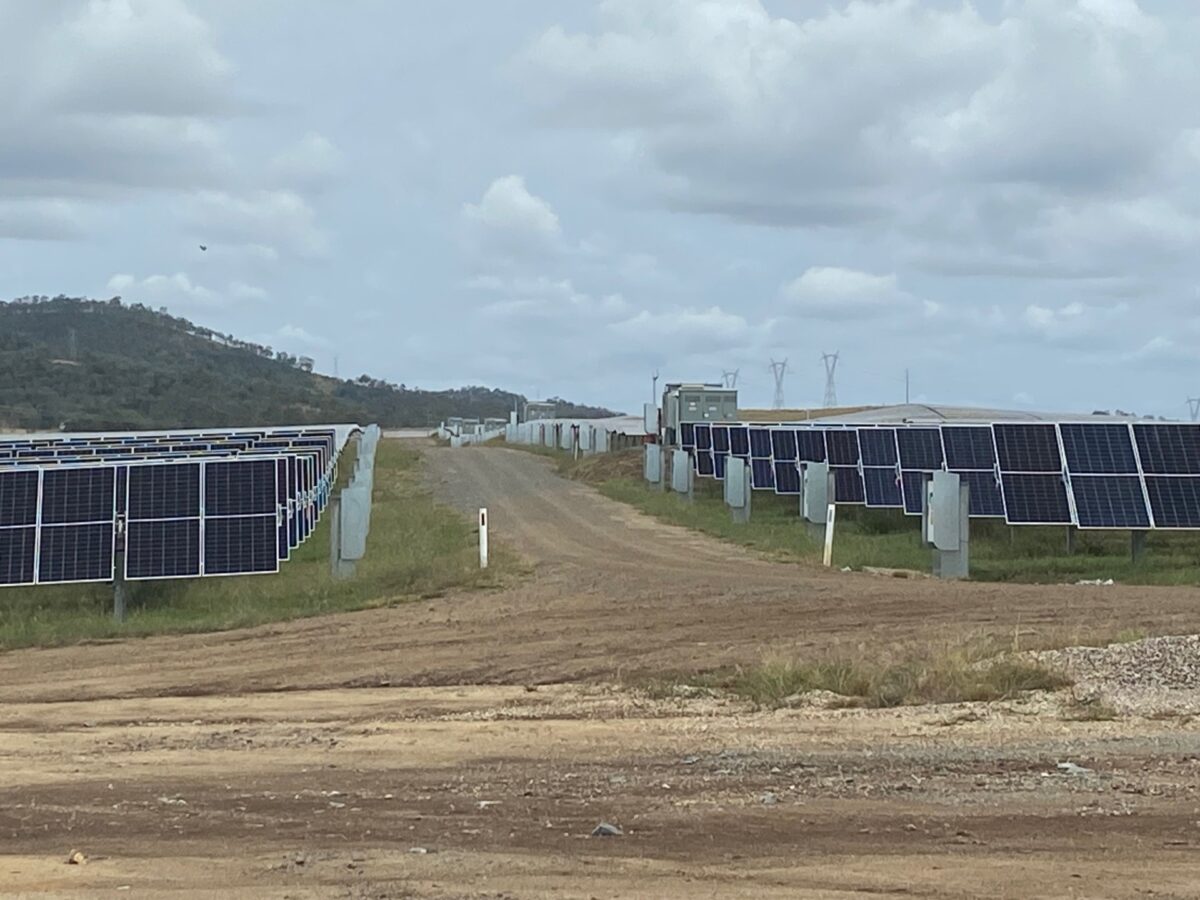The Clean Energy Investor Group (CEIG) has predicted that intra-regional loss factors for generation projects in southwest New South Wales (NSW) and northwest Victoria could decrease by up to 10% compared to the 2023-24 financial year after the Australian Energy Market Operator (AEMO) released its preliminary marginal loss factors (MLFs) for 2024-25.
“The preliminary MLFs will deliver a blow to solar farms who had finally been able to increase their output after Transgrid made some fixes to the transmission network in southwest NSW,” CEIG Policy Director Marilyne Crestias said.
AEMO said the MLFs outlined in the Preliminary Marginal Loss Factors: FY 2024-25 report are “indicative” and intended to provide an early indication to stakeholders of the potential direction and the extent of movement in MLFs across the National Electricity Market (NEM).
MLFs represent the transmission losses within each of the five regions of the NEM and depend on factors such as the amount of existing and new generation, electricity flows, and supply and demand. An MLF of 1.0 indicates that all of the output is credited, but an MLF of 0.75 means projects could potentially lose 25% of their revenue.
Crestias said because of the way they are calculated, MLFs can change materially year on year and any changes directly translate to the revenue that generators receive for their output.
“MLFs have a direct impact on the revenue received by generators, and this volatility and lack of predictability create risk for investors,” she said.
“This is not just an issue for generators and investors – lack of revenue predictability adds risk, which ultimately impacts the price and make-up of the electricity used by consumers.”
AEMO preliminary calculations show that MLFs in southwest NSW have decreased materially, driven by a notable increase in the generation capacity within this area and a reduction in the level of congestion within the area.
“Congestion has been less than that anticipated, which has resulted in increased production by impacted generation,” the market operator said. “This increase in generation has impacted MLF outcomes in two ways, by concentrating generation toward the middle of the day and increasing flows.”
AEMO said northwest Victoria has also seen notable reductions, due to an increase in local generation and a decrease in local load resulting in increased net exports from this area.
Some of the Victorian generation projects facing MLF cuts include the Bannerton Solar Farm which is set to have its intra-regional loss factor reduced from 0.8947 to 0.8349 while the Gannawarra Solar Farm faces a reduction from 0.9413 to 0.8965. The Kiamal Solar Farm is set to have its MLF reduced from 0.8755 to 0.8144 while the Karadoc Solar Farm faces a cut from 0.8877 to 0.8235.
In southwest NSW, the Sunraysia Solar Farm faces a reduction from 0.8255 to 0.7524, the Broken Hill Solar Farm is set to have its MLF cut from 0.8324 to 0.7467, and the Finley Solar Farm faces a cut from 0.9255 to 0.8738. The Limondale solar farms 1 and 2 also face reductions, from 0.8255 and 0.8310 to 0.7524 and 0.7585, respectively.
In contrast to southwest NSW and northern Victoria solar farms, generators in Queensland are forecasted to enjoy MLF increases, those Tasmania are also winners in this draft document while MLFs in South Australia have, on average, seen little variation.
Author: Ev Foley
This content is protected by copyright and may not be reused. If you want to cooperate with us and would like to reuse some of our content, please contact: editors@pv-magazine.com.








2 comments
By submitting this form you agree to pv magazine using your data for the purposes of publishing your comment.
Your personal data will only be disclosed or otherwise transmitted to third parties for the purposes of spam filtering or if this is necessary for technical maintenance of the website. Any other transfer to third parties will not take place unless this is justified on the basis of applicable data protection regulations or if pv magazine is legally obliged to do so.
You may revoke this consent at any time with effect for the future, in which case your personal data will be deleted immediately. Otherwise, your data will be deleted if pv magazine has processed your request or the purpose of data storage is fulfilled.
Further information on data privacy can be found in our Data Protection Policy.